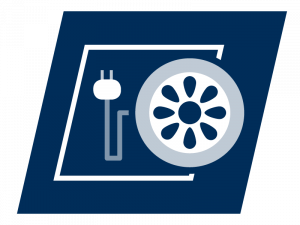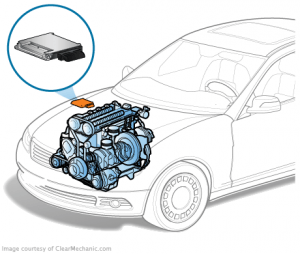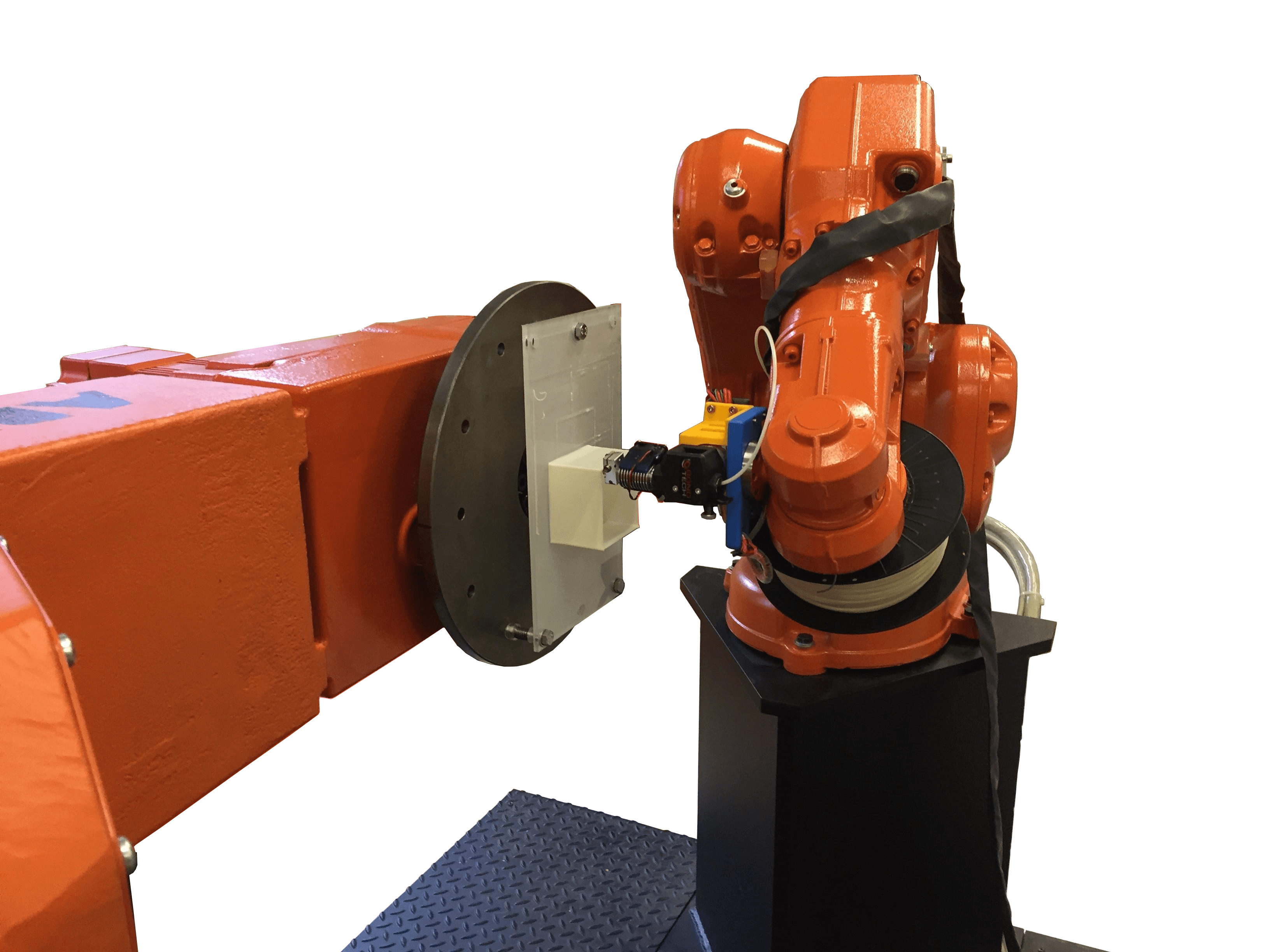Estimation
 Automotive electronics are electronic systems used in vehicles, including engine management, ignition, radio, carputers, telematics, in-car entertainment systems and others. Ignition, engine, and transmission electronics are also found in trucks, motorcycles, off-road vehicles, and other internal combustion-powered machinery such as forklifts, tractors, and excavators. Related elements for control of relevant electrical systems are found on hybrid vehicles and electric cars as well.
Automotive electronics are electronic systems used in vehicles, including engine management, ignition, radio, carputers, telematics, in-car entertainment systems and others. Ignition, engine, and transmission electronics are also found in trucks, motorcycles, off-road vehicles, and other internal combustion-powered machinery such as forklifts, tractors, and excavators. Related elements for control of relevant electrical systems are found on hybrid vehicles and electric cars as well.
Electronic systems have become an increasingly large component of the cost of an automobile, from only around 1% of its value in 1950 to around 30% in 2010.[1]
The earliest electronics systems available as factory installations were vacuum tube car radios, starting in the early 1930s. The development of semiconductors after WWII greatly expanded the use of electronics in automobiles, with solid-state diodes making the automotive alternator the standard after about 1960, and the first transistorized ignition systems appearing about 1955.
The availability of microprocessors after about 1974 made another range of automotive applications economically feasible. In 1978 the Cadillac Seville introduced a “trip computer” based on a 6802 microprocessor. Electronically-controlled ignition and fuel injection systems allowed automotive designers to achieve vehicles meeting requirements for fuel economy and lower emissions, while still maintaining high levels of performance and convenience for drivers. Today’s automobiles contain a dozen or more processors, in functions such as engine management, transmission control, climate control,antilock braking, passive safety systems, navigation, and other functions.[2]
Modern electric cars rely on power electronics for the main propulsion motor control, as well as managing the battery system. Future autonomous cars will rely on powerful computer systems, an array of sensors, networking, and satellite navigation, all of which will require electronics.
Selected publications
-
Chen, A.S., Na, J., Herrmann, G., Burke, R. and Brace, C., 2017, July. Adaptive air-fuel ratio control for spark ignition engines with time-varying parameter estimation. In Modelling, Identification and Control (ICMIC), 2017 9th International Conference on (pp. 1074-1079). IEEE.
-
Na, J., Chen, A.S., Herrmann, G., Burke, R. and Brace, C., 2018. Vehicle engine torque estimation via unknown input observer and adaptive parameter estimation. IEEE Transactions on Vehicular Technology, 67(1), pp.409-422.
Control
An engine control unit (ECU), also commonly called an engine control module (ECM), is a type of electronic control unit that controls a series of actuators on an internal combustion engine to ensure optimal engine performance. It does this by reading values from a multitude of sensors within the engine bay, interpreting the data using multidimensional performance maps (called lookup tables), and adjusting the engine actuators. Before ECUs, air-fuel mixture, ignition timing, and idle speed were mechanically set and dynamically controlled by mechanical and pneumatic means.
If the ECU has control over the fuel lines, then it is referred to as an Electronic Engine Management System (EEMS). The fuel injection system has the major role to control the engine’s fuel supply. The whole mechanism of the EEMS is controlled by a stack of sensors and actuators.
Selected publications
-
Chen, A.S., Na, J., Herrmann, G., Burke, R. and Brace, C., 2017, July. Adaptive air-fuel ratio control for spark ignition engines with time-varying parameter estimation. In Modelling, Identification and Control (ICMIC), 2017 9th International Conference on (pp. 1074-1079). IEEE.
-
Na, J., Chen, A.S., Herrmann, G., Burke, R. and Brace, C., 2018. Vehicle engine torque estimation via unknown input observer and adaptive parameter estimation. IEEE Transactions on Vehicular Technology, 67(1), pp.409-422.
Human-Robot Interation (HRI)
Human–robot interaction is the study of interactions between humans and robots. It is often referred as HRI by researchers. Human–robot interaction is a multidisciplinary field with contributions from human–computer interaction, artificial intelligence, robotics, natural language understanding, design, and social sciences.




